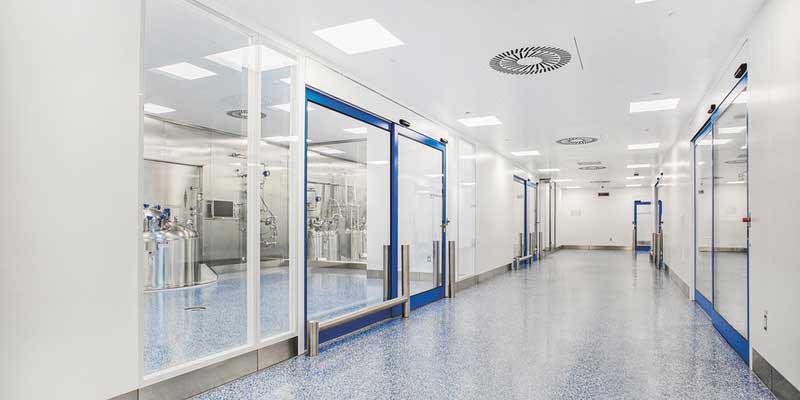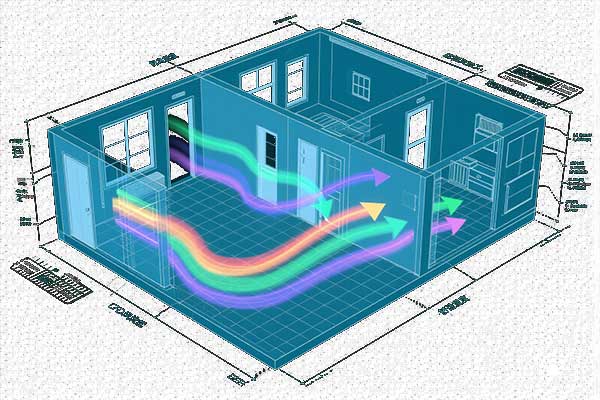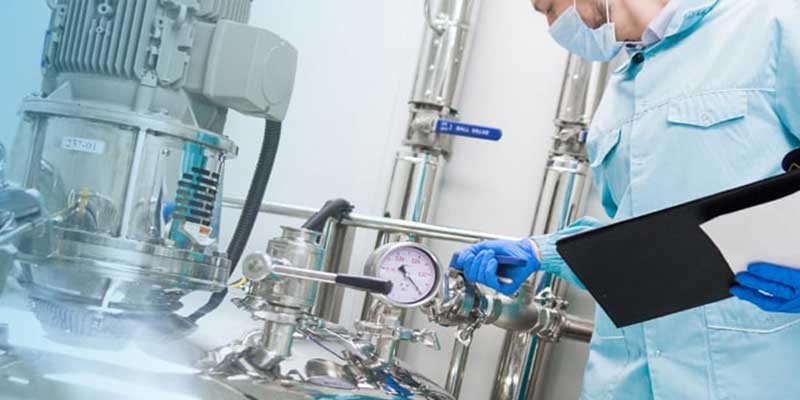
In 2023, FDA warning letters revealed over 200 cleanroom violations, highlighting serious consequences for pharmaceutical manufacturers that fail to adhere to stringent guidelines. Cleanrooms play an integral role in the production of sterile injectables, highly potent active pharmaceutical ingredients (HPAPIs), and cutting-edge cell and gene therapies. These environments ensure drug safety by minimizing contamination risks, which could lead to devastating patient outcomes such as endotoxin shock.
Cleanroom Applications
Cleanrooms are pivotal across various pharmaceutical applications. The table below summarizes different product types, their respective ISO classifications, and key contamination risks:
| Product Type | ISO Class | Key Risks |
| Monoclonal Antibodies | B | Bioburden control |
| Oral Solid Dosage | D | Cross-contamination |
| Oncological Products | C/B | HAPI exposure |
Oncology drug manufacturing requires stringent containment strategies, emphasizing the critical nature of cleanroom environments for HPAPI handling.
Design & Engineering
Structural Materials
In the construction and maintenance of pharmaceutical cleanrooms, the selection of structural materials plays a critical role in ensuring contamination control and compliance with GMP Standards. Here’s an overview:
Wall Panels
Material Typically, walls are made from non-porous, smooth materials such as stainless steel or specialized CleanRoom panels.
Properties Easy to clean, resistant to chemicals, and capable of preventing microbial growth.
flooring
Material Epoxy coatings or vinyl flooring are commonly used due to their seamless nature.
PropertiesDurable, resistant to cracking, and easy to maintain. These properties help in preventing particle accumulation and facilitate effective cleaning protocols.
Ceilings
Material Similar to wall panels, often constructed from non-fibrous materials like coated steel or composite panels.
Properties Must support the integration of HEPA filters and lighting fixtures without compromising air tightness.
Doors and Windows
Material High-grade stainless steel or other non-corrosive metals for doors; shatterproof, flush-mount glass panels for windows.
Properties Hermetically sealed with smooth surfaces to minimize contamination risk and maintain pressure differentials.
Fittings and Fixtures
Materials Stainless steel is often used for benches, carts, and other fixtures.
Properties Smooth and non-reactive, making them ideal for maintaining sanitary conditions.
HVAC Components
Ductwork Material Galvanized steel with non-porous, insulated coatings.
PropertiesEnsures that airflow remains consistent, clean, and free from contaminants.
Construction and Maintenance Considerations
SeamlessnessJoints and seams should be minimized to reduce microbial growth sites.
CompatibilityAll materials must be compatible with cleaning agents and disinfectants used in the facility.
Regulatory ComplianceMaterials should meet the requirements specified by FDA and EU GMP regulations.
HVAC Systems
HEPA/ULPA filters are crucial, capturing particles as small as 0.3μm. Air change rates are pivotal, with EU GMP Annex 1 mandating ≥20 air changes per hour for Grade D zones. Computational Fluid Dynamics (CFD) modeling aids in visualizing and optimizing airflow patterns, preventing particle accumulation in critical zones.
Air Handling Units (AHUs)
PurposeCondition and circulate air throughout the cleanroom.
Features Equipped with high-efficiency particulate air (HEPA) filters or ultra-low penetration air (ULPA) filters to remove airborne particles.
HEPA and ULPA Filters
Function Capture particles as small as 0.3 microns (HEPA) or 0.12 microns (ULPA), crucial for maintaining ISO class cleanliness levels.
Location Installed in ceilings or within AHUs to ensure uniform and Clean airflow.

Global Standards Decoded
A comprehensive understanding of regional standards ensures compliance and harmonization:
| Region | Standard | Key Change |
| USA | FDA cGMP | Continuous monitoring |
| EU | Annex 1 (2022) | Contamination Control Strategy |
ISO 14644-1 delineates particle limits critical for maintaining air quality, with graphical visualization aiding stakeholders in maintaining compliance.
standard operation
- Contamination Control: Personnel training is vital, with video logs tracking gowning qualification to prevent human-induced contamination.
- Environmental Monitoring: Statistical Process Control, employing Westgard rules, identifies out-of-trend environmental monitoring results, ensuring early intervention.
- Product Protection: Isolators and Restricted Access Barrier Systems (RABS) provide enhanced safety for potent compound handling, mitigating cross-contamination risks.
Data Integrity: ALCOA+ principles are critical within Environmental Monitoring Systems (EMS), ensuring reliable and traceable data management.

Business Impact & ROI
A CleanRoom requalification led to a 34% yield increase and significant regulatory cost savings by reducing FDA 483 observations. Aligning operational strategies with compliance requirements mitigates financial risks and enhances product quality.
Future-Proofing Cleanrooms
The pharmaceutical industry is moving toward Continuous Manufacturing (CM), facilitated by modular cleanroom pods. Artificial Intelligence (AI) enhances predictive particle monitoring, offering real-time insights into environmental conditions. A convergence of biosafety levels, such as BSL-3 with ISO 5 requirements, underscores the evolving landscape of cleanroom technology.
The necessity for continuous innovation in cleanrooms is driven by the ever-evolving landscape of pharmaceutical technology and regulation. As the industry progresses, several key trends are set to shape the future:
- Continuous Manufacturing (CM): The transition to continuous processing allows for more efficient production lines and reduced downtime. Cleanroom designs are adapting, with modular pods enabling scalable and flexible manufacturing environments.
- AI Applications: Artificial Intelligence is becoming instrumental in predictive and real-time monitoring of particle levels and air quality. AI-driven systems offer enhanced accuracy in detecting potential contaminants.
- Biosafety Convergence: Cleanrooms are increasingly integrating higher biosafety standards, such as BSL-3, with traditional CleanRoom Classifications like ISO 5, to accommodate the production of biologics and vaccines.
As pharmaceutical cleanrooms become more technologically advanced and regulatory requirements evolve, the commitment to maintaining GMP compliance and adhering to global standards remains paramount. By adopting best practices in cleanroom design, engineering, and operations, stakeholders can ensure safe and efficient drug manufacturing processes.
Through rigorous training, real-time monitoring capabilities, and continuous improvement processes, the pharmaceutical industry can confidently navigate the challenges of cleanroom management while safeguarding public health and ensuring patient safety.
 +86 18186671616
+86 18186671616 Jason@cleanroomequips.com
Jason@cleanroomequips.com
 MENU
MENU



